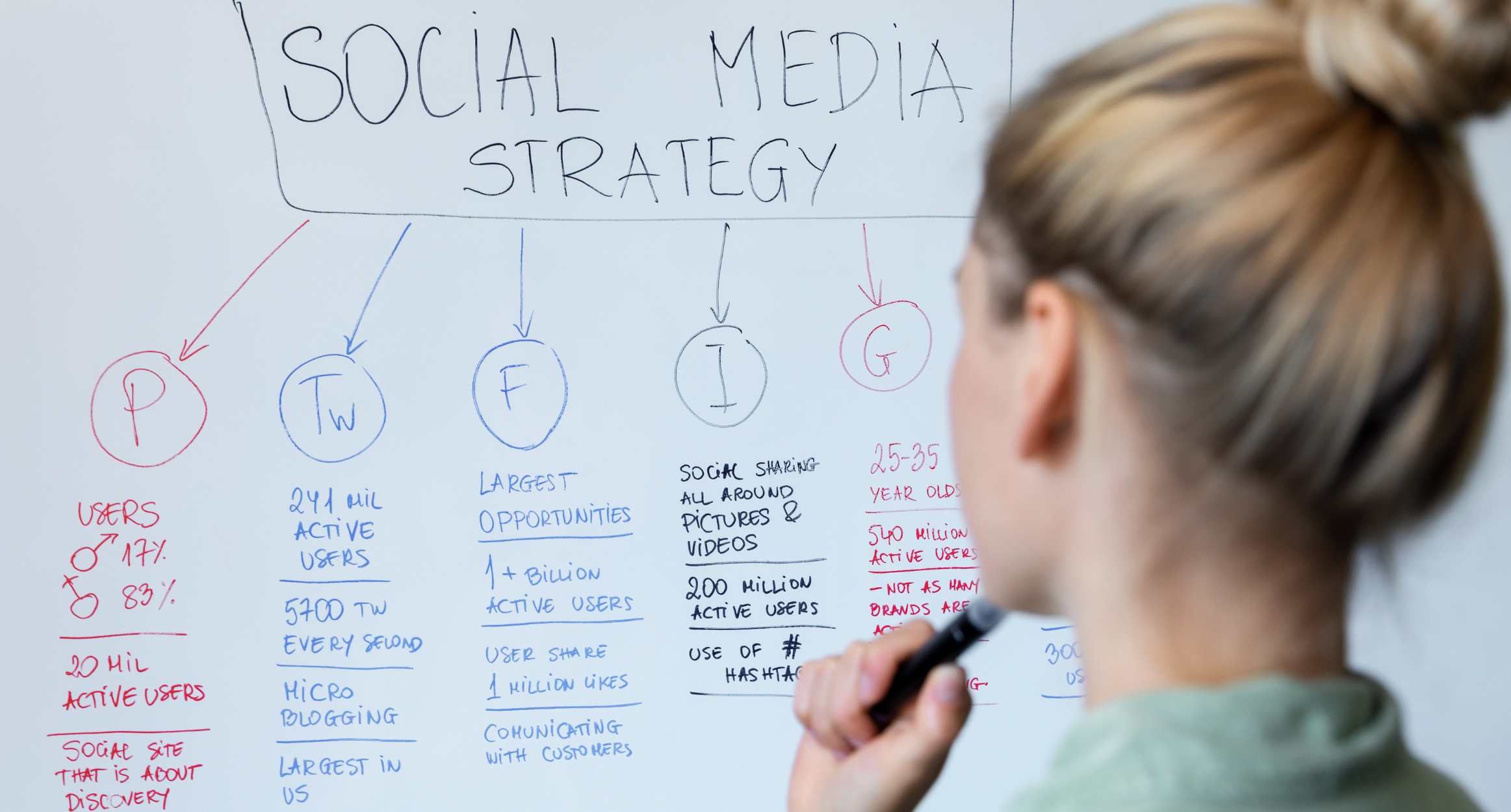Email: [email protected]


Email: [email protected]

Social media has become a powerful tool for non-profit organizations to amplify their missions, engage with supporters, and create meaningful social impact. By leveraging digital platforms, non-profits can reach a wider audience, build communities, and drive action more effectively than ever before.
Social media provides a platform for non-profits to share compelling stories about their work, the people they serve, and the impact they're making. Through engaging content such as videos, photos, and testimonials, non-profits can inspire and connect with their audience on an emotional level, leading to increased awareness and support. Platforms like Facebook, Instagram, and Twitter offer features specifically designed for fundraising, allowing non-profits to collect donations directly through their social media profiles. By capitalizing the power of social sharing, non-profits can encourage their supporters to spread the word and advance their fundraising efforts.
Social media serves as a powerful tool for raising awareness about social issues and advocating for change. Non-profits can use hashtags, trending topics, and viral challenges to spark conversations and engage a broader audience. According to Sprouts Social, 55% of consumers learn about new brands on social media. By sharing educational content, statistics, and impactful visuals, non-profits can encourage people to take action, sign petitions, or support legislative efforts. This provides non-profits an opportunity to build and nurture online communities of supporters. They can create dedicated groups, host live events, and facilitate discussions around their cause. By actively engaging with their audience through comments, direct messages, and social media polls, non-profits can foster a sense of belonging and keep their supporters connected and informed.
Social media allows non-profits to connect with like-minded organizations, influencers, and businesses for collaborations and partnerships. By teaming up with other entities, non-profits can expand their reach, tap into new audiences, and combine Resources to achieve greater impact. Joint campaigns, cross-promotion, and shared content can help amplify the message and maximize the results. Similarly, with robust analytic tools, non-profits can provide valuable insights into audience demographics, engagement metrics, and content performance. This data helps organizations understand their audiences better, tailor their content strategy, and optimize their social media efforts for maximum impact.
While social media presents numerous opportunities for non-profits, it's essential to develop a thoughtful strategy and ensure authenticity, transparency, and responsible use. Non-profits should align their digital presence with their organization's values, maintain consistent messaging, and regularly evaluate the effectiveness of their social media activities to make necessary adjustments.
By: Sydney Marks
www.canportal.org

Coordinated Assistance Network is proud to present M2M is intended to provide technology that produces transformational Resources for nonprofit infrastructure, efforts to scale, and implementation support. CAN is granting 75 in-kind grants to organizations for “Black Level” CAN portal licensure. Click here to learn more about M2M.